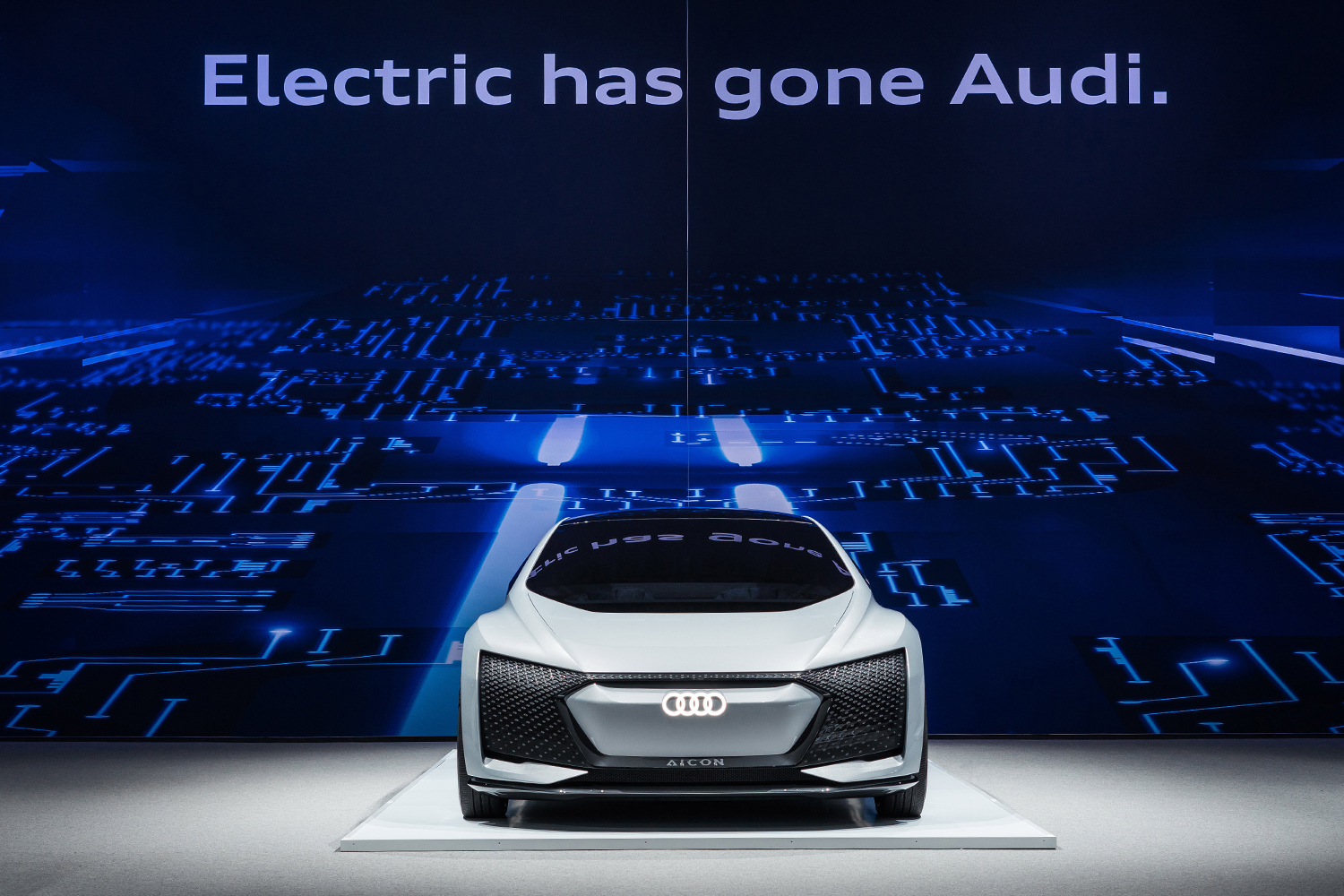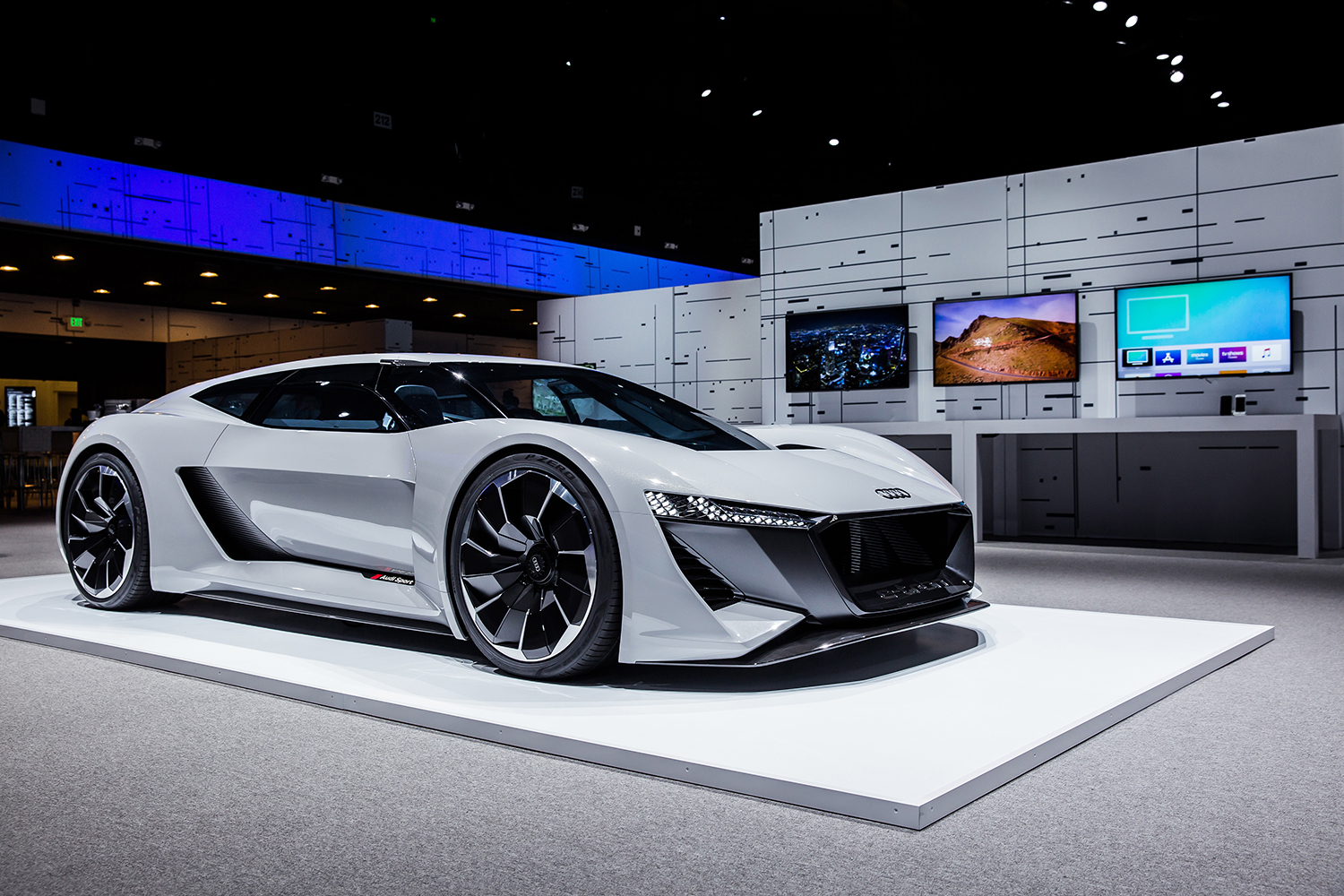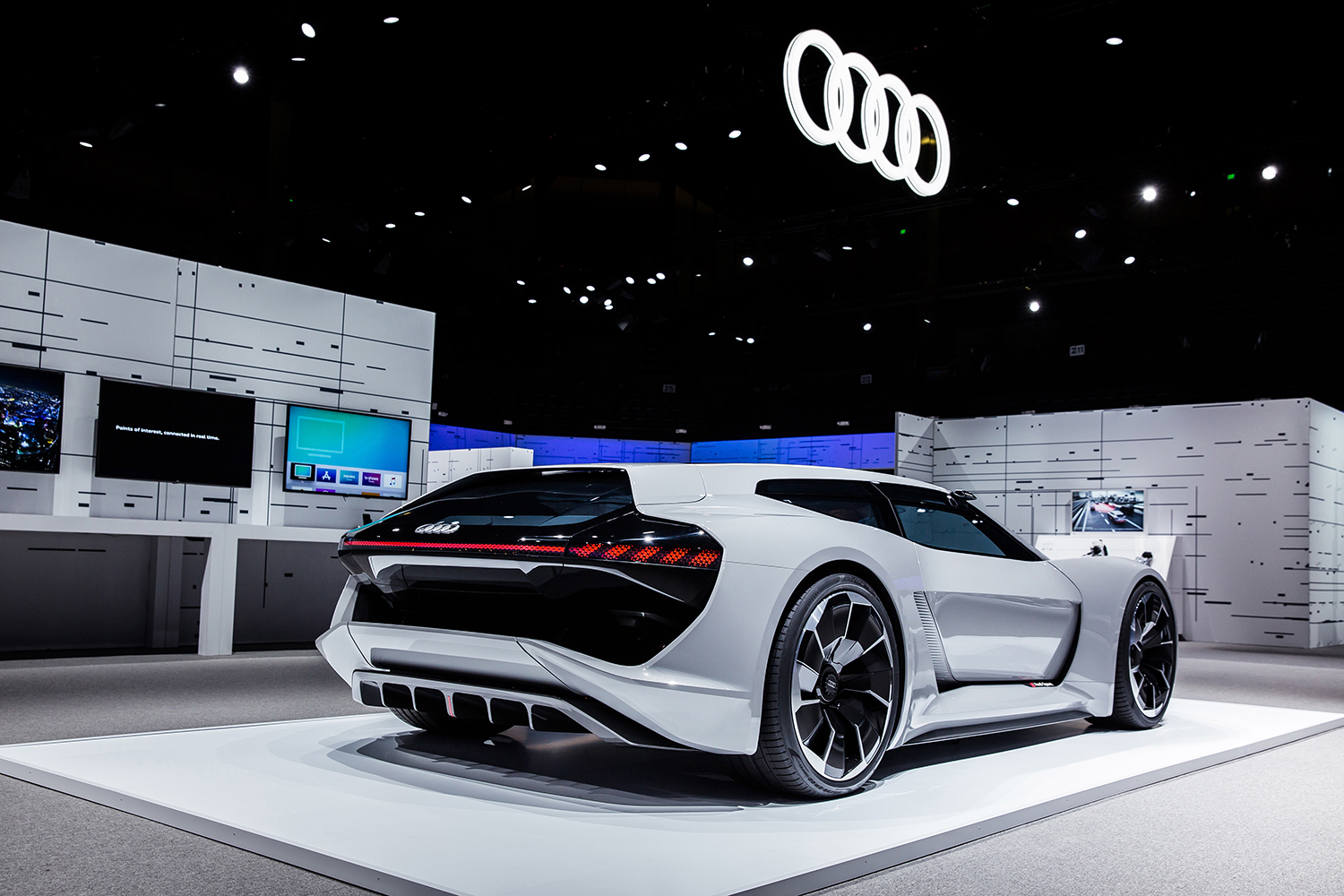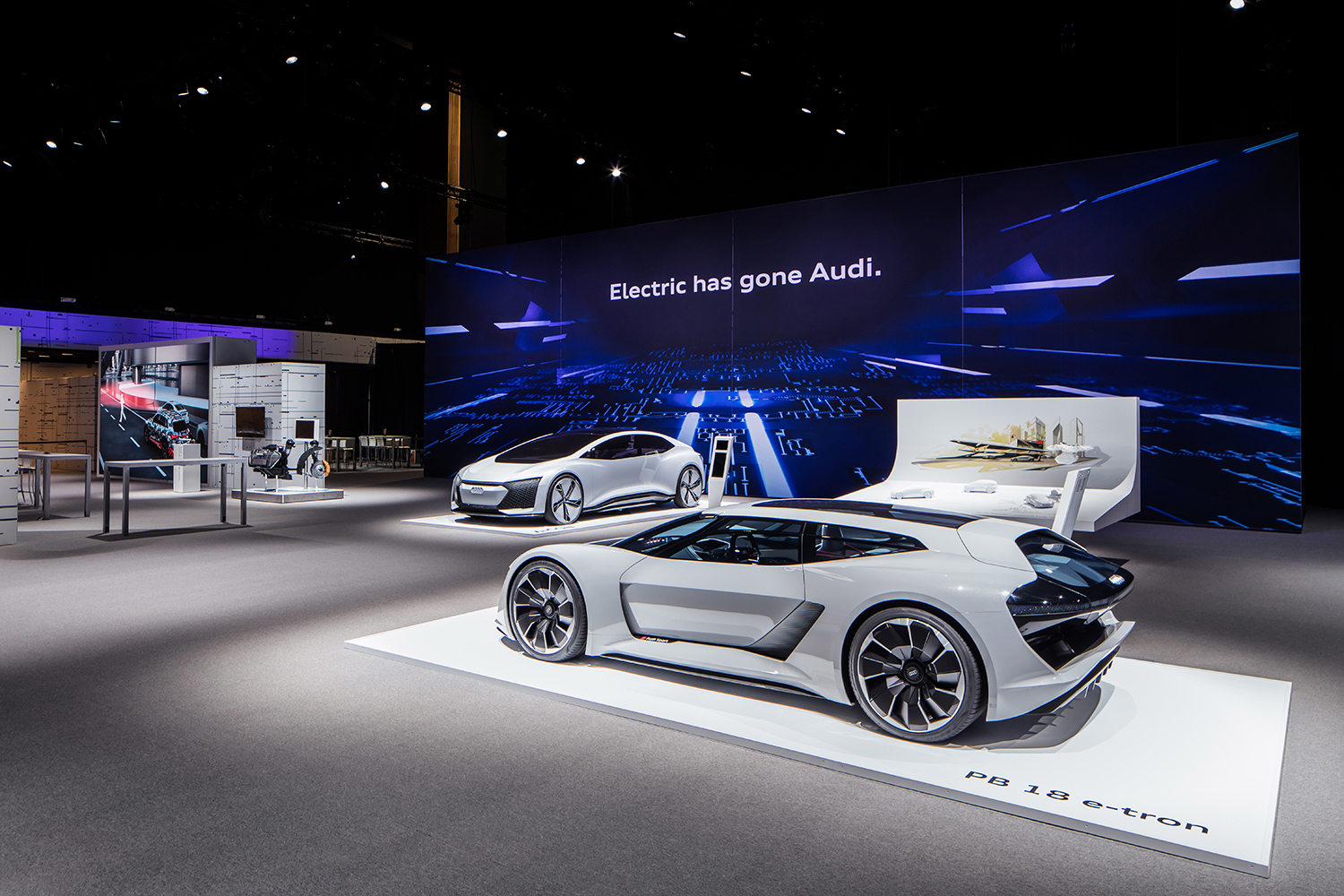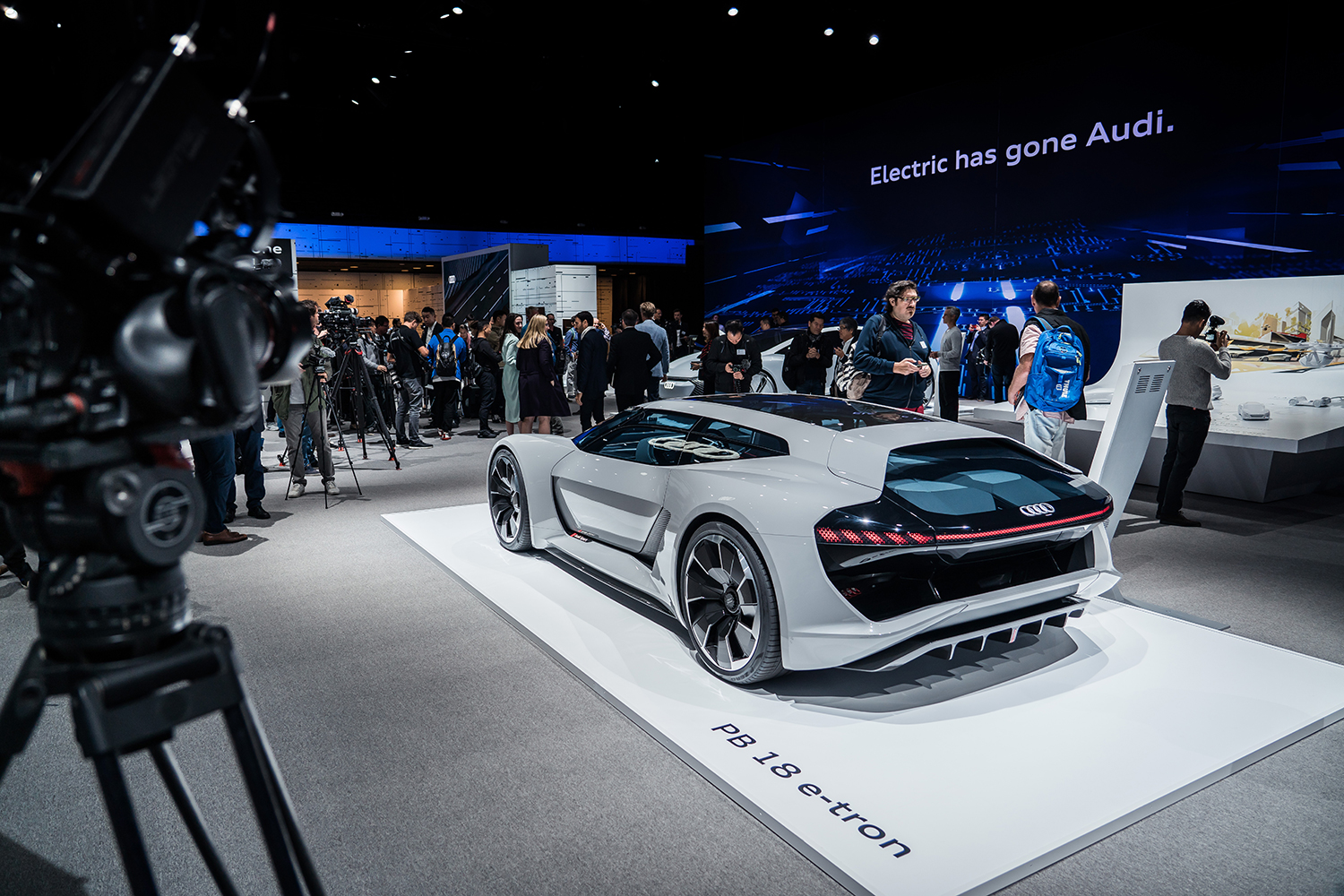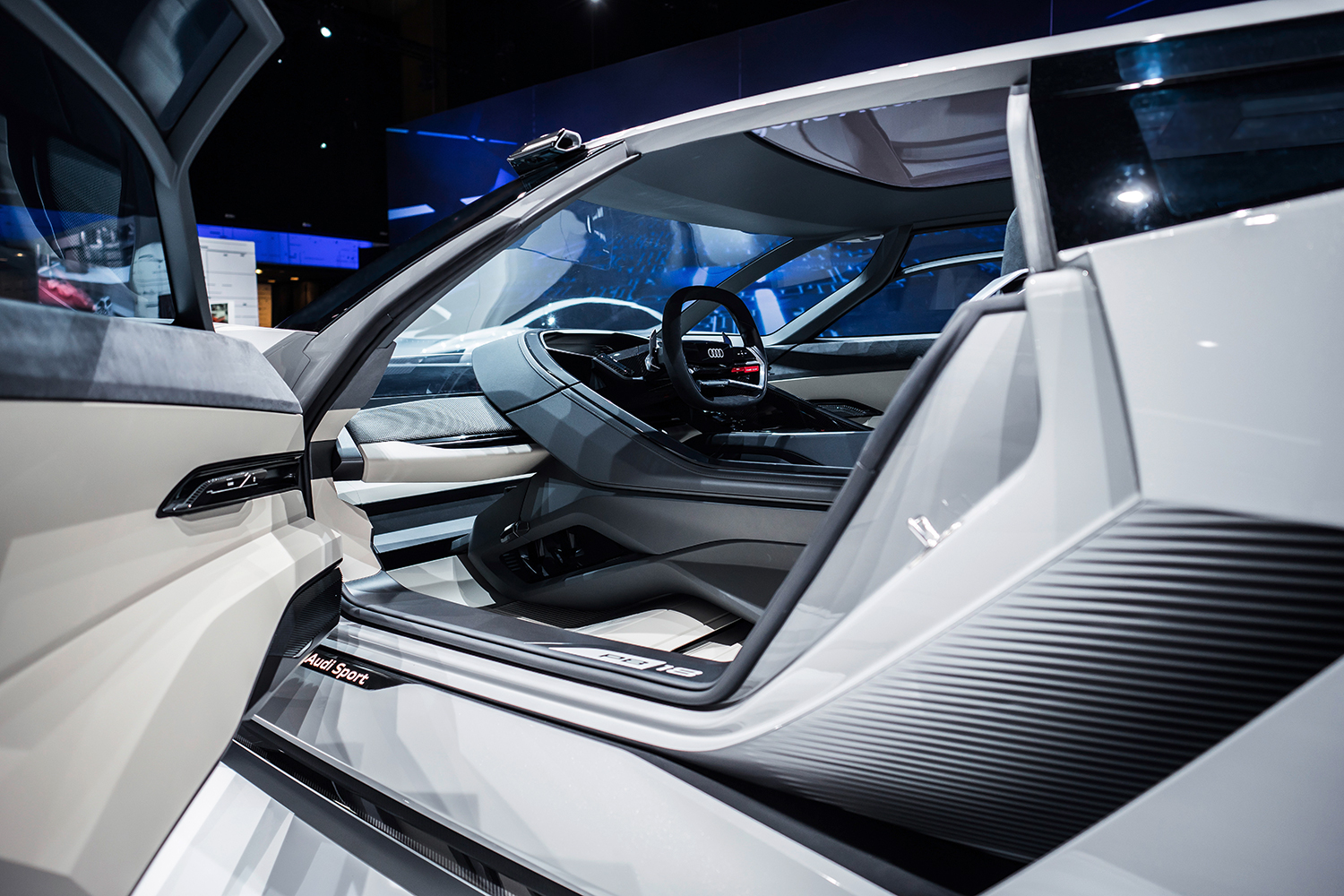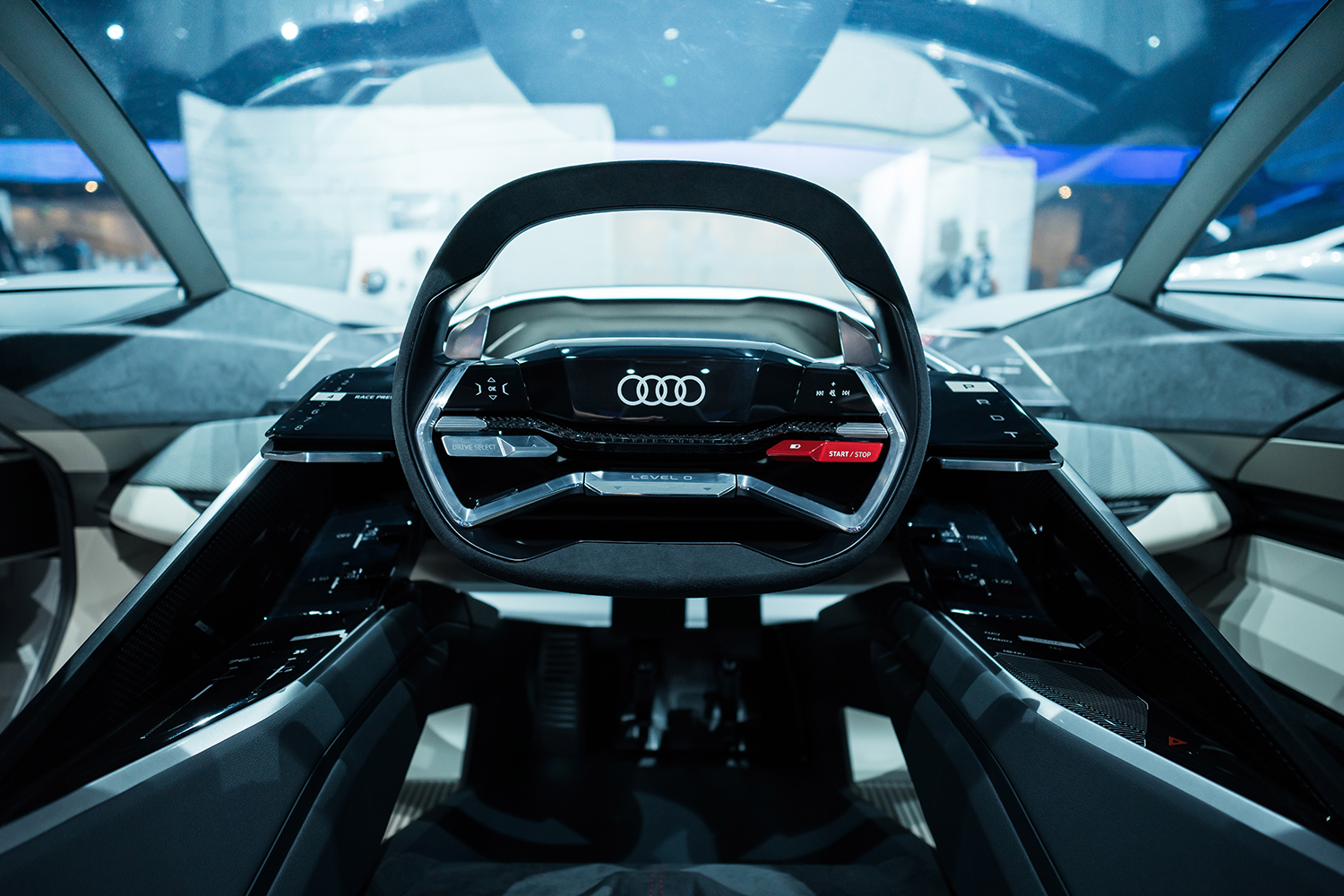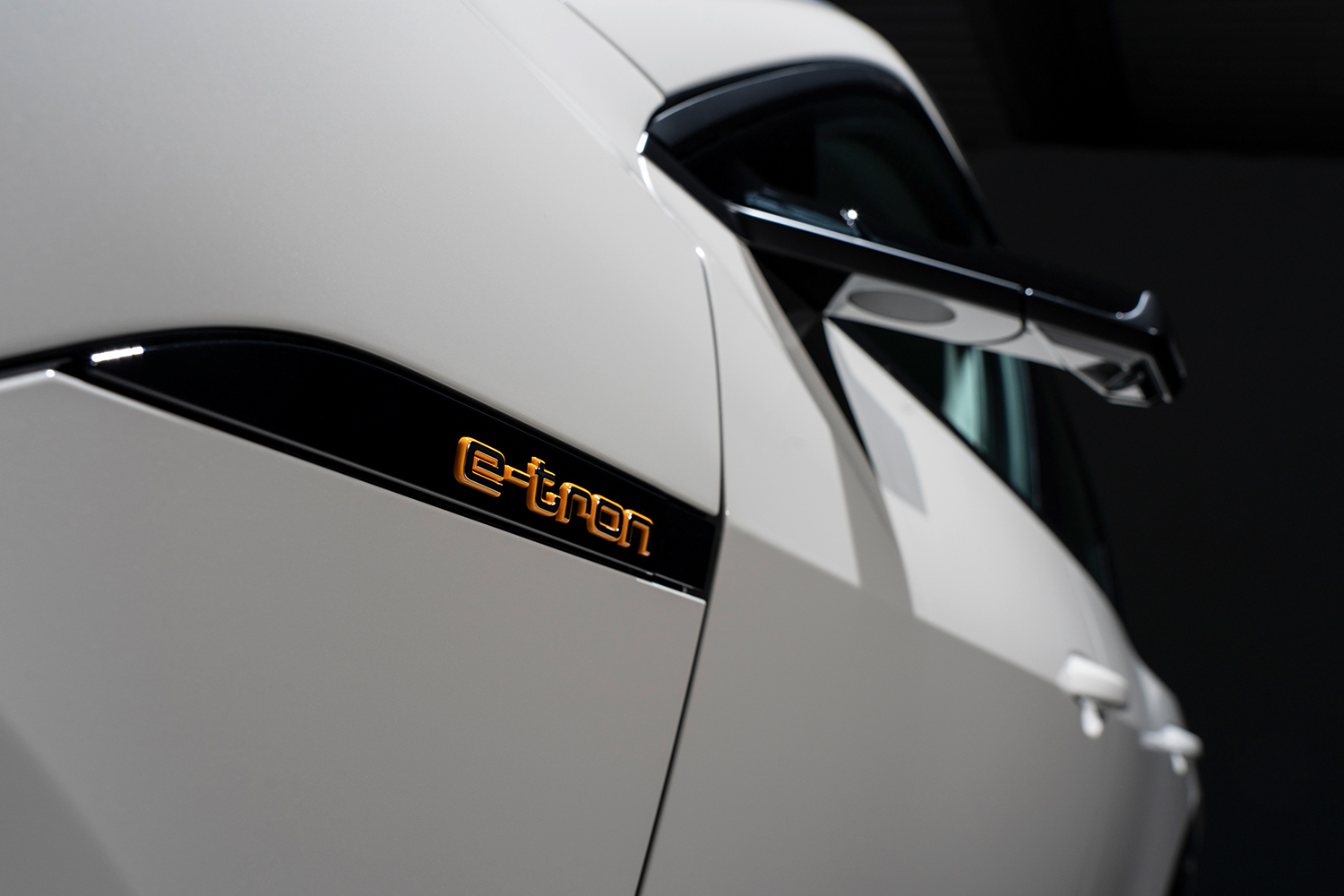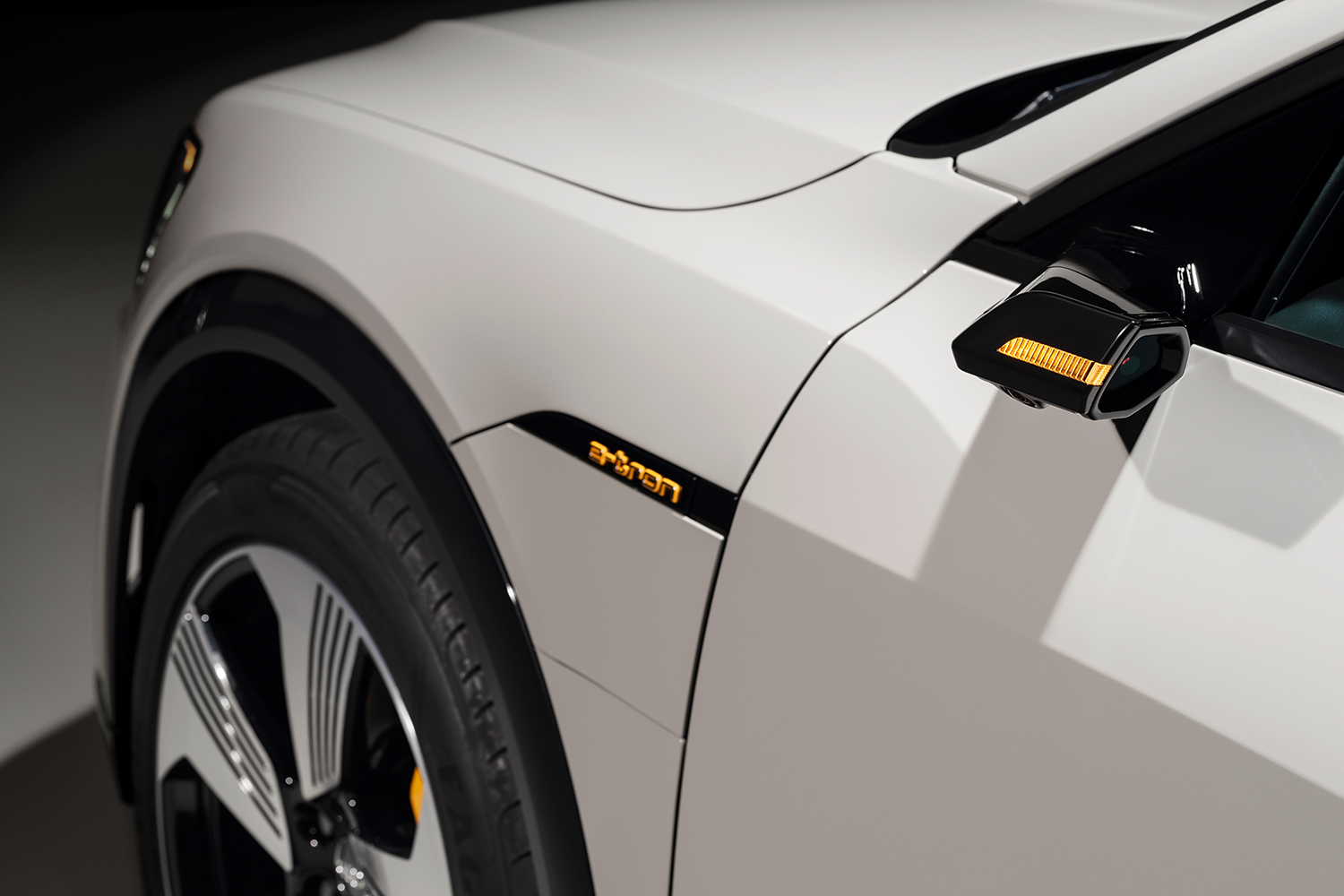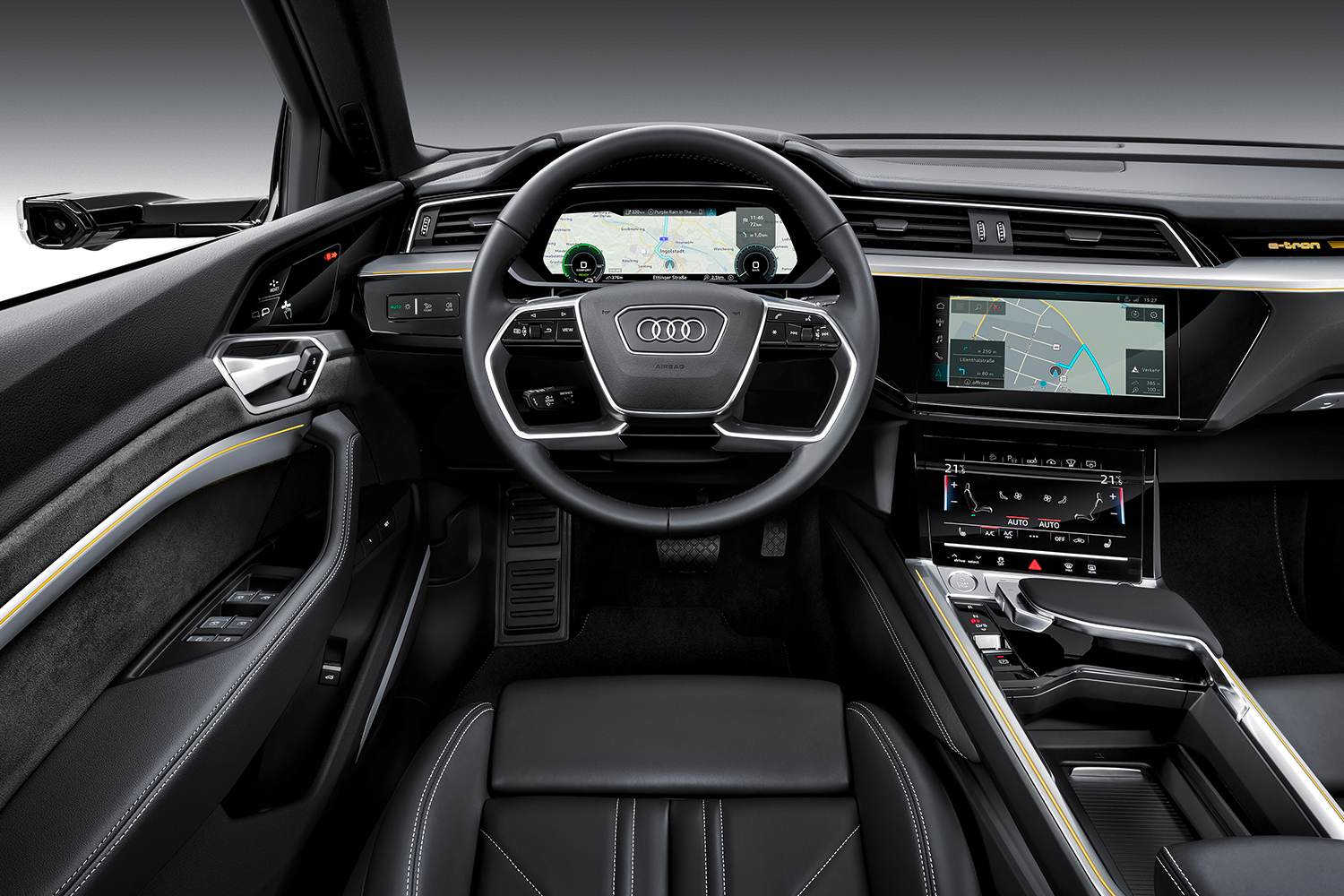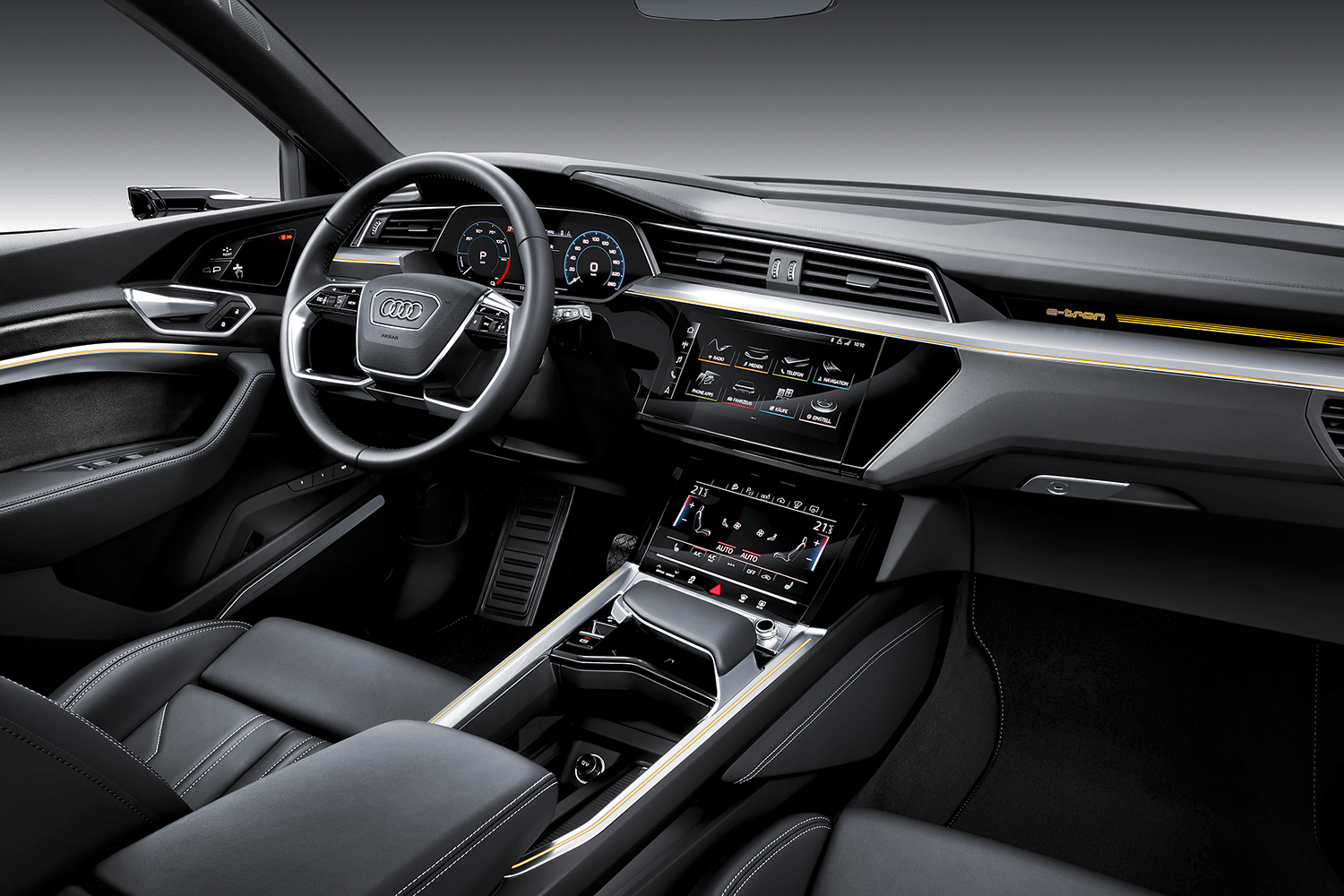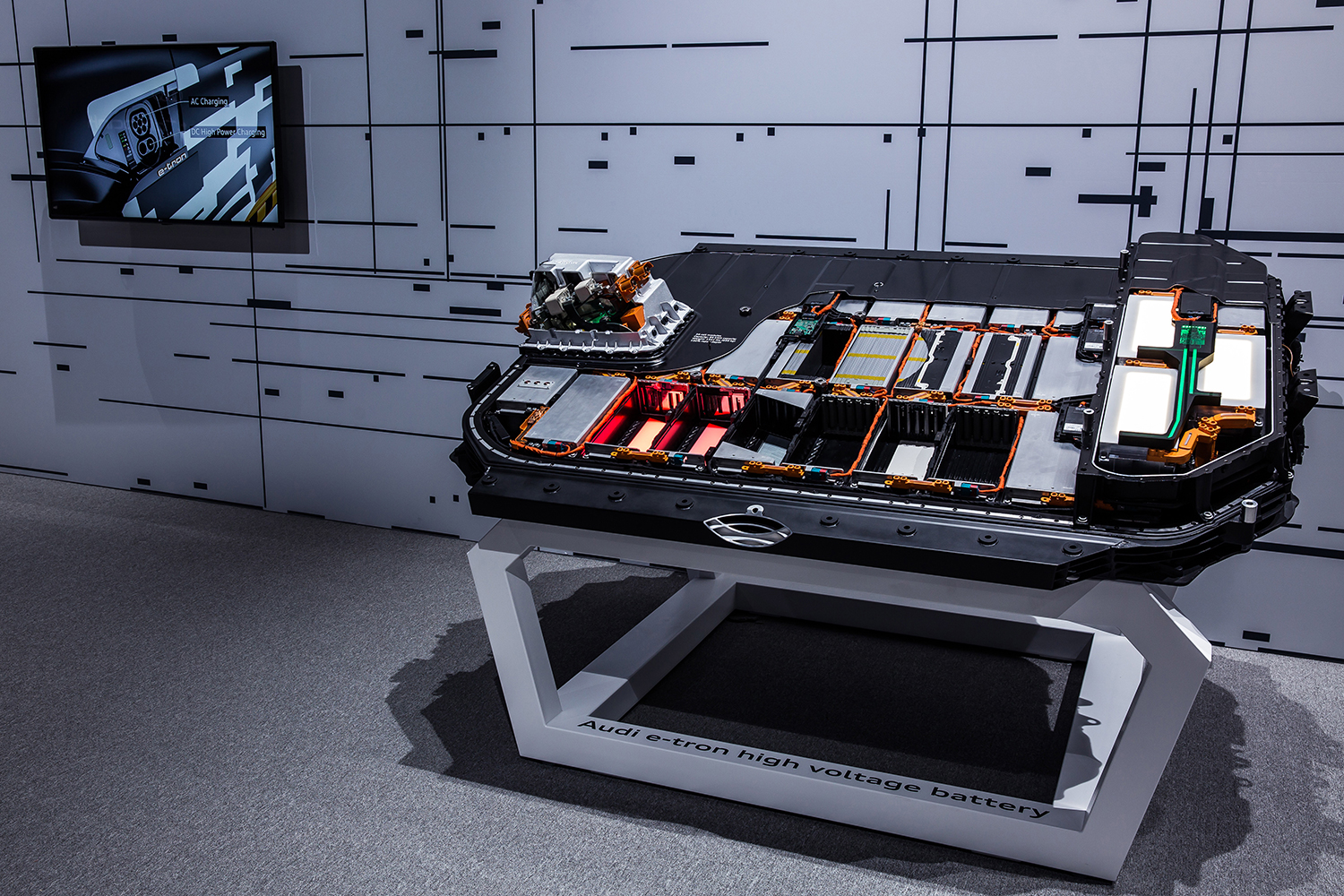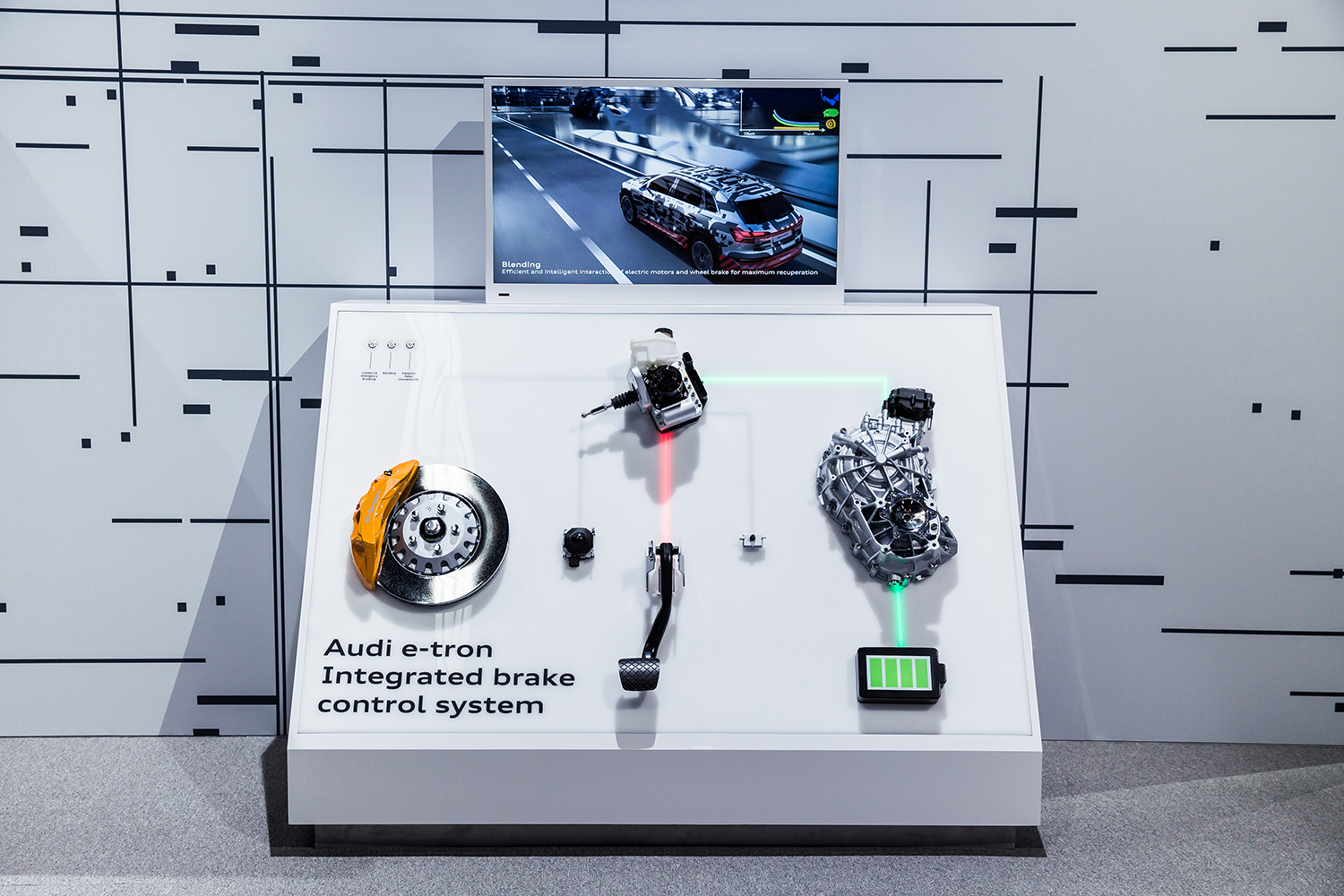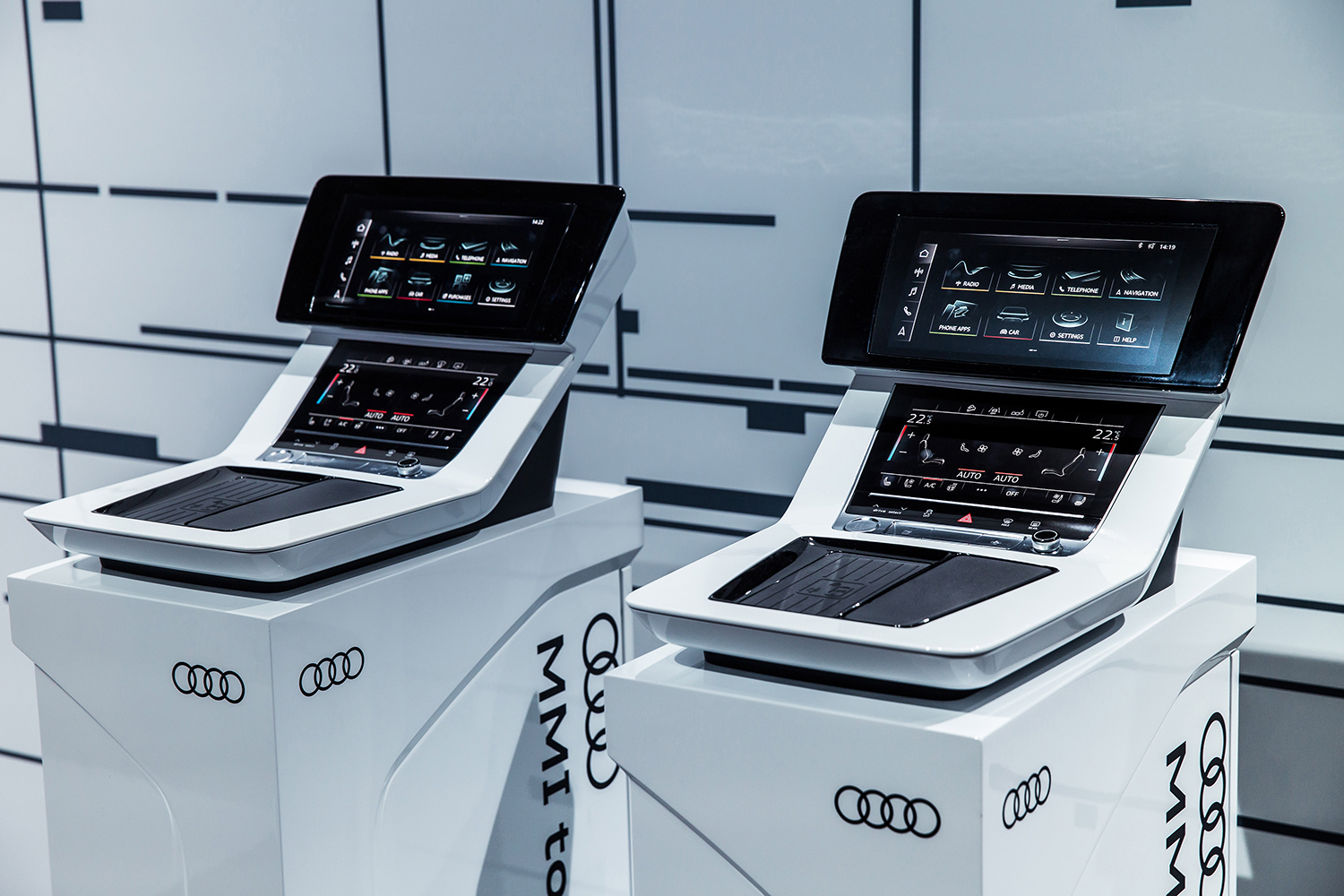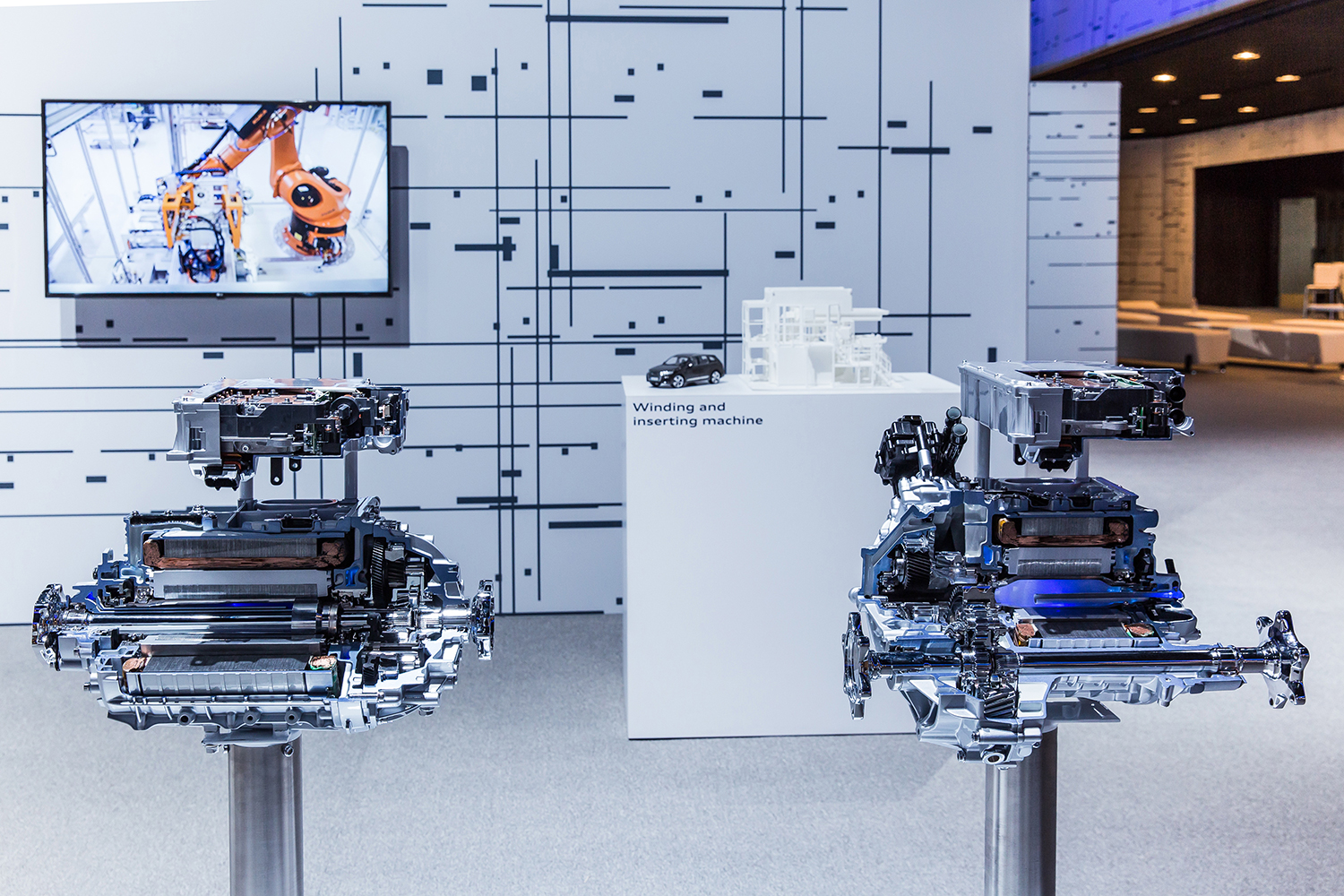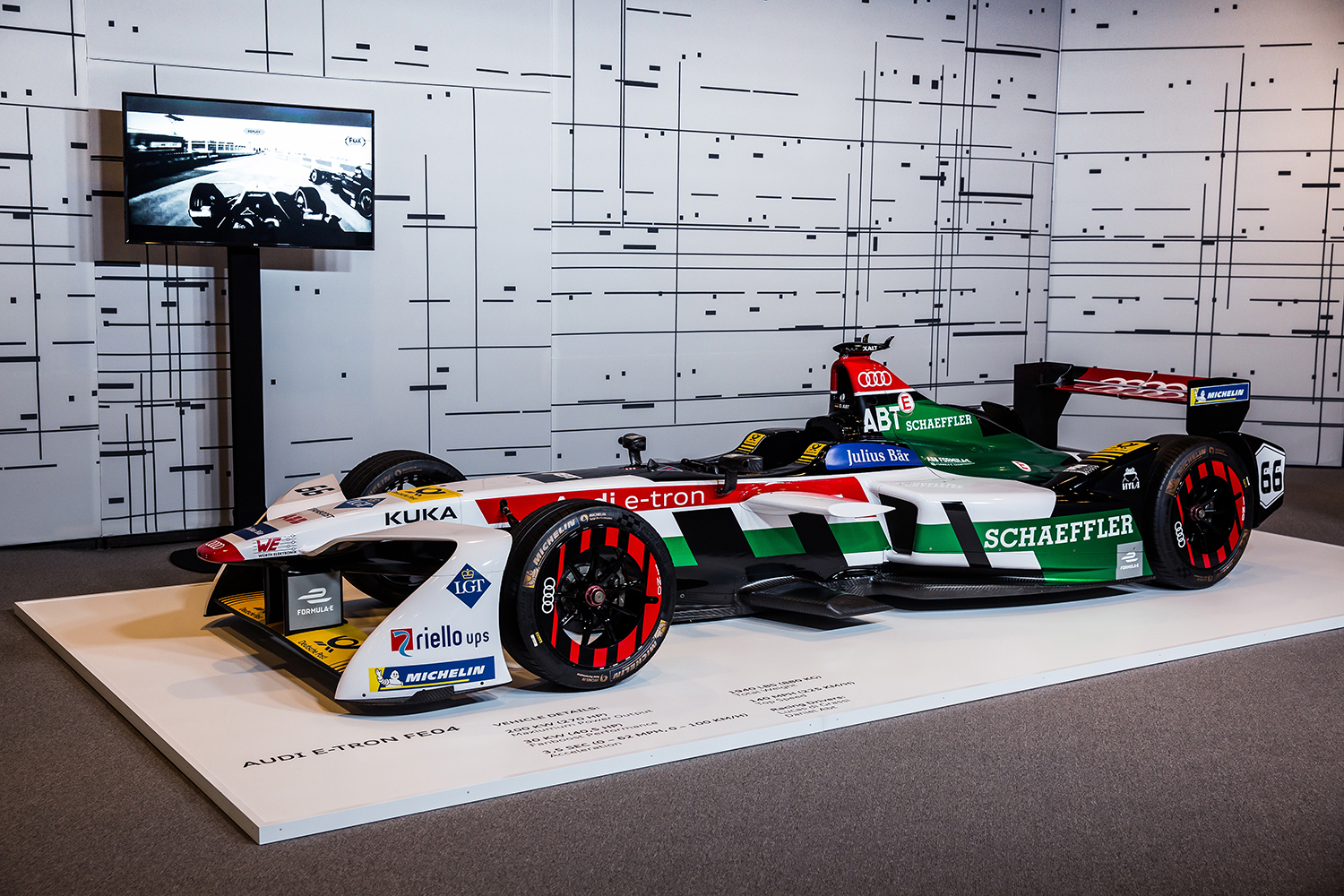As the first of many electric cars from Audi, the recently unveiled E-Tron SUV represents the brand’s future. But you wouldn’t know that from looking at it. The E-Tron is very conservatively styled inside and out and, unlike Tesla and Volvo’s Polestar division, Audi plans to rely on traditional franchised dealers to sell the model alongside gasoline-powered cars.
But that’s by design, said Filip Brabec, Audi’s vice president of product management. In an interview ahead of the E-Tron’s unveiling in San Francisco, Brabec told Digital Trends that Audi wanted its first electric car to be as normal as possible. He explained why he believes that strategy will encourage more car buyers to go electric, discussed how the E-Tron was designed specifically with the United States in mind, and offered a preview of Audi’s future electric car plans.
DT: What led Audi to launch an electric car at this time?

If you look at the global demand, the trend toward electrification is definitely there. I would say on the U.S. side it was a good bit higher than everywhere else. A little bit of China legislation as well, but I would say U.S. was definitely in the forefront. And this is why we’ve [Audi of America] also been involved directly in the making of the car. Not just the planning, but also the concept-phase development of the car, we were very much involved in as well.
So, U.S. demand has actually driven the design of the vehicle?
Both on the vehicle choice itself — should it be an SUV, should it be a sedan, should it be a wagon, should it be something else — and on the execution as well. Once we determined that an SUV is the right place to be, then really sort of working on the design and on the physical characteristics, and making sure that the vehicle really does look like an SUV. As never before, we as a market were very keenly involved in that.
If you look at the global demand, the trend toward electrification is definitely there.
Speaking of the choice of an SUV, could you explain some of the thinking behind that?
[It’s a] sweet spot. Sweet spot of the market, sweet spot of the luxury segment. [It’s a] growing segment, and a segment that has an ability to digest a reasonable price level as well. What we have seen is that the SUVs always transact higher, and healthier, than their respective sedan counterparts. These were all of the factors that drove us to look at an SUV as one of the key choices.
Are there any other electric models in the pipeline to follow the E-Tron?
We will do a derivative of this car, which is more in a Sportback form. So, we’ll have a Sportback version of this very car as well.
Will that be based on the E-Tron Sportback concept Audi unveiled at the 2017 Shanghai Auto Show?
It will be directionally similar to the concept, and it’s based on this very car [the E-Tron]. And then from there we’re going into a completely different segment, no longer an off-road car but an on-road car. We will be showcasing it [in concept form] in Los Angeles at the auto show. Then we’ll do yet another SUV variant after that. So, mid-term horizon, we’re looking at four cars.
What do you mean by “mid-term horizon?”
End of 2020, early 2021, something like that.
In addition to different body styles, what about getting into the performance realm with electric cars? Do you think that’s something that could work?
I think that has its place, and I think that we’ll continue to push that. If you had a chance to see our show car, the PB18, which we showed at Pebble Beach. That’s really kind of showing our philosophy of wanting to go into that space as well. Nothing concrete to talk about today, but definitely we will be going there as well.
I think in the performance area what we have to see are milestones with the technology.
I think in the performance area what we have to see are milestones with the technology, to make sure that we can achieve the ultra-high-performance levels, but also the range and the comfort that we want to have inside the car.
How does Audi plan to tackle customer unfamiliarity with electric cars?
One of the things we did right away when we started working on the car itself was to create an ecosystem around it. We really wanted to make sure that we make that choice as seamless and easy as possible. So that drove our product choice to be essentially as normal as possible.
But then it also was, how do we make sure that all the other answers are there, in terms of using the car every day? Home charging, so that’s obviously key. Today’s customers don’t expect to leave their garage on full every day. We’re working to change that perception and including a charger with the car. The car comes with a level 2 charger. It’s portable, and it comes with a NEMA 1450 plug as well. That’s the first step, having the charger.

But not everybody will go that route. There will be some customers that say “I don’t want to take it out every day, I’m going to put a wall box in my garage.” So then, how do we make sure that whatever installation in the house happens worry free? Partner with Amazon.
The idea there of course is that, we’re not a power company, we’re not an electrical company, we’re not a company with electricians. But partnering with someone who knows exactly to do the vetting and making sure that whoever’s entering our customer’s house is a properly vetted electrician with whom others have been happy in the past. They have a very good process for that. It was a perfect choice for a partnership there.
We focused very heavily on the service area of the dealer, to make sure that when they’re servicing your car, they can charge it properly.
From there, it was obviously talking with Electrify America, and looking at what happens then to the charging outside [the home]. And that’s both in the urban, commercial areas, as well as highway, of course. This is also why we equipped the car with a 150-kilowatt charger, which is key, because you have a very big battery, 95 kilowatt-hours, and with 150-kW charging you can do the math very simply. You can charge it in about 30 minutes up to 80 percent. We wanted that ability to be there for the longer trips.
Electrify America came along; they are building charger sites as we speak right now. They’re going to have a minimum of 500 of those, probably even a little more, and those will all include 150-kW chargers.
Then, of course taking it to the next level, which is the dealer readiness. We consider our 302 dealers our absolute competitive advantage. From that standpoint, all of them will be ready with electrical infrastructure. We focused very heavily on the service area of the dealer, to make sure that when they’re servicing your car, they can charge it properly. So that charger readiness is going to be there, day one, when we launch. Each and every dealer will be ready to sell and service these cars. And, beyond that, the training for the dealers. Making sure that we have a committed dealer network that of course has the proper training. That’s actually what we’re in the process of right now.

All of this has been done in the background while we were planning the car. It’s creating a launch for infrastructure and readiness as well as the car itself.
Going back to charging specifically, Electrify America is a result of the Volkswagen diesel-emissions cheating settlement [of which Audi is a part], and has promised to build brand-agnostic charging stations that anyone can use. So, Audi will rely on this network, which is open to all electric cars regardless of brand?
The reason for partnering with Electrify America was the fact that they have the most modern, the fastest network, and the 150-kW chargers. That made the most sense because our car can do it, and therefore it takes advantage of that. What we did is we basically bundled 1,000 kWh [of charging] into the price of the car, and [customers] get that as kind of a first taste of what that experience is. And then, from there, Electrify America will obviously have pricing packages and things like that that you can buy.
For us, it was about making cool cars. It was not about another task.
Audi is making all of these plans regarding charging, and committing to launching multiple electric cars over the next few years. What happens if people don’t buy those cars?
You could ask that of just about any product. One of the things that gives us a lot of security is the way the [E-Tron] looks and drives. What we focused on very much was not creating a [regulatory] compliance-task car, but creating a car that’s appealing to the masses. I know the mass aspect can have negative connotation, but it’s not “mass” as in “cheap.” You want to cast as wide a net as possible, for very normal SUV buyers to have a way to transition into EVs. That was really the philosophy.
Unlike the Tesla Model X or Jaguar I-Pace, the E-Tron does seem like a normal SUV that just happens to be electric. You’re saying that’s by design?
Precisely. Absolutely by design, that’s exactly what we wanted to do. That was to ensure that we have an appealing car that people will want. If you look at the car we’re about to introduce in Los Angeles, I think you’re going to also be seeing that that’s a very attractive car. For us, it was about making cool cars. It was not about another task.
